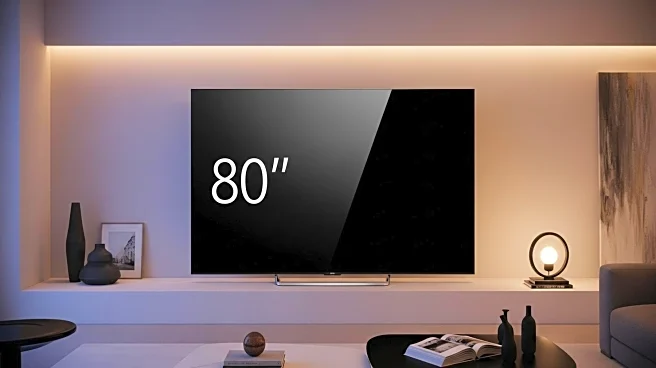What's Happening?
CNET provides an in-depth analysis of LCD and LED TV technologies, highlighting their similarities and differences. LCD TVs, which gained popularity in the mid-2000s, use liquid crystal displays illuminated by a backlight, traditionally CCFLs, but now LEDs. LED TVs, often marketed as such, are essentially LCD TVs with LED backlights. The article discusses the evolution of LED technology, including mini-LED and microLED TVs, which offer improved picture quality and brightness. MicroLED TVs, which consist of millions of LEDs creating the image directly, are noted for their high cost and are currently targeted at affluent consumers.
Why It's Important?
Understanding the differences between LCD and LED technologies is crucial for consumers and manufacturers as they navigate the evolving TV market. LED technology, particularly mini-LED and microLED, represents significant advancements in display quality, offering brighter images and better contrast. These developments could influence consumer purchasing decisions and drive innovation in the industry. As companies continue to market these technologies, consumers must be informed about the actual benefits and costs associated with each type.










